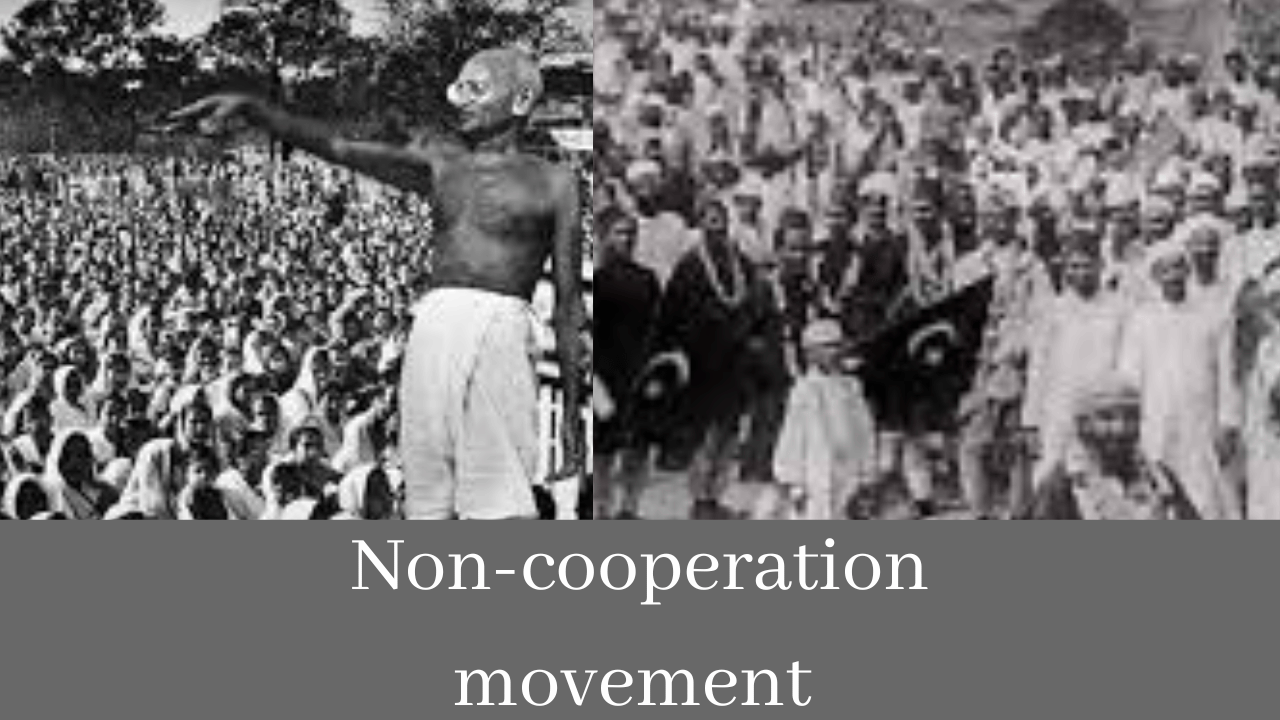Imagine if the year 2016 was a time of great change for your country. That’s what happened to the people of India in 1916. This year marks the centennial anniversary of the 1916 Indian Rebellion, a time when the people of India fought for their independence from British rule.
This was a time of great upheaval and change, and it’s important that we remember what happened and why it matters. In this article, we’ll take a closer look at the Indian Rebellion of 1916 and what it means for India today.
Pre-1916 Militant Ideologies in India
You were probably taught in history class that India was a British colony. And while that is true, it’s only a small part of the story. Before the British took over, India was ruled by a series of Mughal emperors. The Mughals were Muslims, and they exercised a lot of power and influence over the Hindu majority. This led to a lot of tension and resentment among the people, which ultimately boiled over in 1916. That year saw a number of uprisings and protests against British rule, culminating in the Indian Rebellion. It was a time of great change for India, and it’s an important period in its history that you should know about.
What Led to the 1916 Rebellion
It’s hard to believe that just 100 years ago, India was in the grips of a full-blown rebellion. What led to it? There were a number of factors, but chief among them was the feeling of resentment and unrest among the people. They were tired of being oppressed by the British, and they wanted change.
You can see this simmering anger in many of the slogans and songs from that time period. One popular song from 1916 went like this:
“Come my friends, ’tis not too late/To seek a newer world/A world where Liberty is supreme/And all are equal and free.”
It’s clear that the people wanted change, and they were willing to fight for it.
Impact of the 1916 Rebellion on Indian Society
The year 1916 brought a big change to Indian society: the Indian Rebellion. Though the actual revolt only lasted for 6 months, it had a profound impact on India and its people. The uprising was led by several political organizations, including the All India Muslim League, and sought to end British colonial rule in India. The British responded with violence and brutality, resulting in thousands of deaths. This unrest caused immense disruption to everyday life in India and affected people from all walks of life.
Furthermore, the 1916 Rebellion was a major factor in leading to the eventual independence of India in 1947. It showed that Indians were willing to take up arms against the colonial forces and fight for their freedom—a lesson that would serve them well when fighting for independence later on. It also encouraged Indians to work together across religious divides and strengthen their movement for self-rule. All these aspects combined made this turbulent year a significant turning point in shaping modern India as we know it today.
Long-Term Effects of the Rebellion on Freedom

Although the 1916 Indian Rebellion was a failure in the short term, its long-term effects would be felt throughout the world. In the wake of the rebellion, the British convened a Joint Parliamentary Committee to discuss India’s constitutional future. This committee’s report paved the way for major changes in Indian governance.
The Government of India Act of 1919 granted Indians greater representation in Provincial Assemblies and created an enhanced legislative power called the Central Legislature. The Act also allowed Indians to elect their own members of government, though they were not fully autonomous yet.
The 1919 Act set in motion a series of reform measures that led to greater autonomy and increased rights for Indians under British rule. Although it would take years before India was free from foreign rule, the 1916 Indian Rebellion was a significant turning point on the road to independence.
Analyzing the Significance of the 1916 Rebellion
The 1916 Rebellion is an event that has long-lasting implications, both politically and socially. The revolutionary ideas and methods employed by the revolutionaries of this period had a ripple effect in other parts of the world, bringing about changes in perception and attitudes wherever they went. The Indian Rebellion of 1916 is often credited with inspiring civil rights movements around the world, such as India’s independence movement and even the American civil rights movement of the 1960s.
On a political level, it challenged British imperial rule and paved the way for Indian independence in 1947. Socially, it helped break down traditional caste divisions between Hindus and Muslims, leading to a greater sense of unity among Indians. Overall, the Indian Rebellion of 1916 is a significant event that has shaped modern India. It’s an important reminder that even small acts of rebellion can have far-reaching consequences.
Conclusion
The year 1916 was a year of great change in India. The country was in the midst of a rebellion against British rule, and people were fighting for their freedom. Despite the challenges, there were also many moments of heroism and bravery. The country was changing, and the people were determined to create a better future for themselves.





One Comment on “The Year of Change: The 1916 Indian Rebellion”